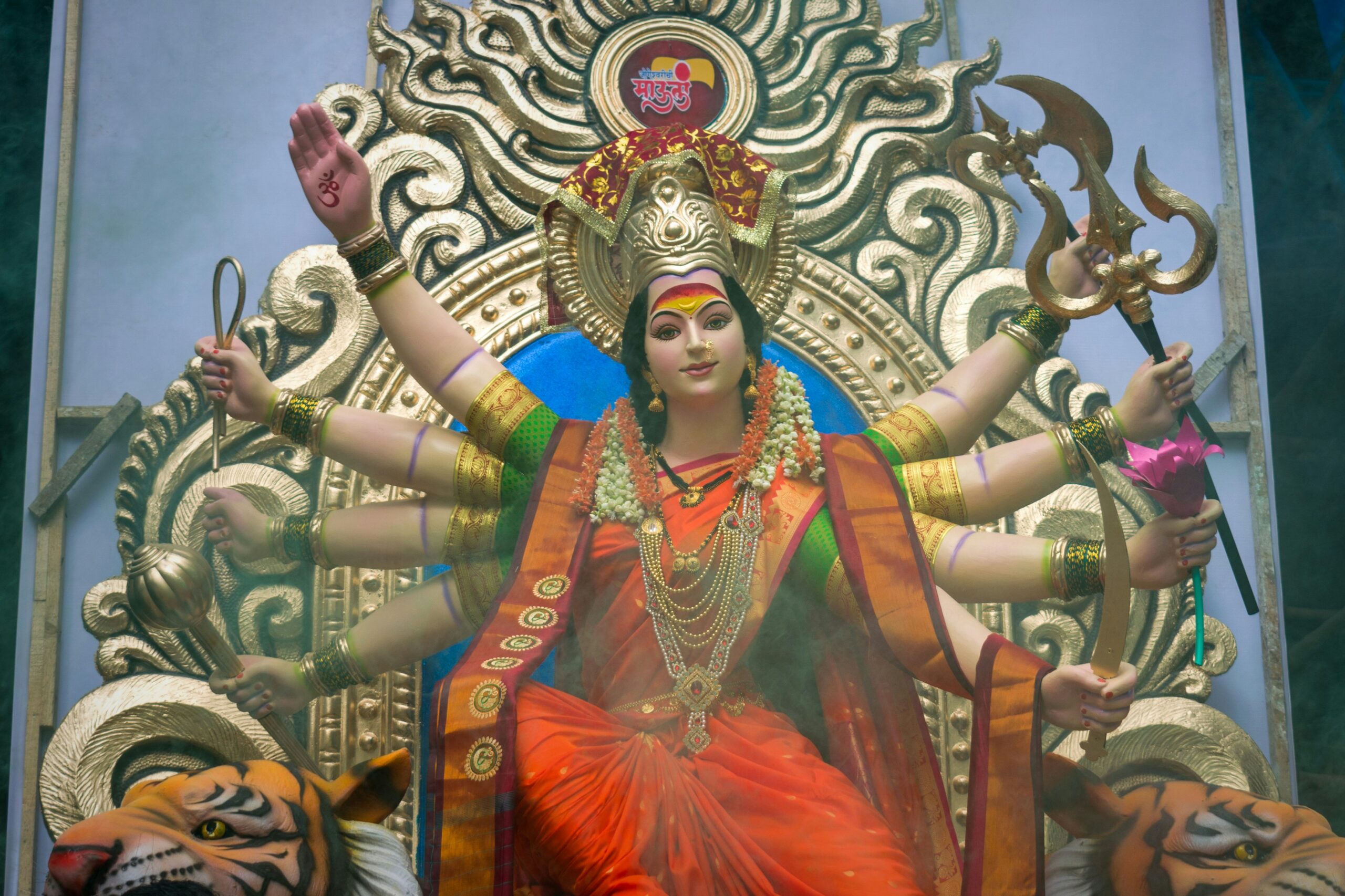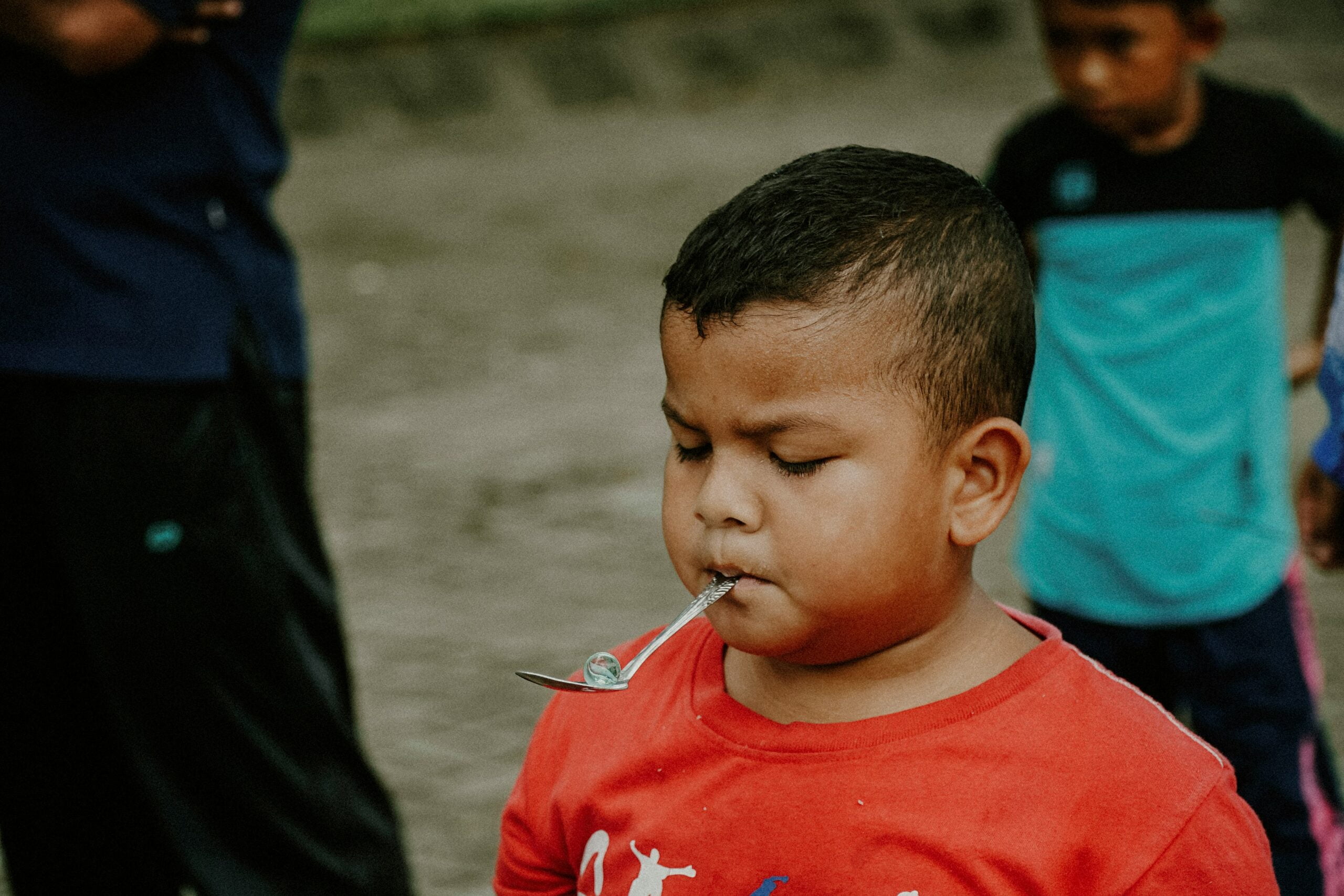Patriarchy in Hinduism-Indian Families
Historical Roots of Patriarchy in Hinduism
The historical origins of patriarchy within Hinduism are deeply rooted in ancient religious and societal texts. Among the most significant of these texts is the Manusmriti, also known as the Laws of Manu, which has played a crucial role in shaping the patriarchal framework within Hindu society. The Manusmriti, along with other Dharmashastras, delineates the roles and duties of men and women, often placing women in subservient positions relative to men. These texts have long prescribed a social order where men are the primary authority figures, responsible for the protection and control of women.
Within the Manusmriti, women are often depicted as needing the guidance and oversight of male family members, be it fathers, husbands, or sons. This codification of gender roles has been interpreted and enforced over centuries, leading to a deeply entrenched patriarchal social structure. The emphasis on male authority and female subordination has been justified through religious doctrine, making it difficult to challenge these norms without questioning the religious texts themselves.
Historical events such as invasions and colonialism further reinforced these patriarchal norms. For instance, the invasions by various foreign powers often led to stricter controls over women’s mobility and autonomy to protect family honor. Similarly, British colonial rule imposed new legal and social frameworks that sometimes intensified existing patriarchal structures. These historical dynamics contributed to the resilience of patriarchal practices, making them a persistent feature of Hindu society.
The impact of these historical roots is evident in the contemporary understanding of gender roles within Hindu families. Traditional expectations regarding women’s roles as daughters, wives, and mothers continue to influence family dynamics and individual behaviors. While modernity and legal reforms have brought changes, the historical and religious foundations of patriarchy in Hinduism remain influential, often shaping the lived experiences of both men and women in Hindu families today.
Contemporary Manifestations and Challenges in Indian Families
In modern Indian families, patriarchal norms continue to be deeply entrenched, influencing various aspects of daily life. Despite significant social progress, traditional gender roles remain prevalent, dictating the expectations placed on both women and men. Typically, men are viewed as the primary breadwinners and decision-makers, while women are often relegated to roles centered around domestic responsibilities and caregiving. This division of labor reinforces a power imbalance within the family structure, perpetuating gender inequality.
Real-life examples illustrate these enduring norms. In many households, women are expected to prioritize family needs over their own career aspirations or personal growth. This often leads to women sacrificing professional opportunities to fulfill the roles of wife, mother, and caretaker. Conversely, men may face pressure to conform to the provider role, which can limit their participation in domestic duties and childrearing, perpetuating a cycle of gendered expectations.
Individuals who attempt to break free from these traditional roles often encounter significant challenges. Societal pressures and familial resistance can be formidable obstacles. Women striving for economic independence or higher education may face criticism and lack of support from their families. Similarly, men who wish to take on more nurturing roles or pursue non-traditional careers may be met with skepticism and disapproval.
Education, economic independence, and legal reforms are pivotal in challenging and transforming these patriarchal structures in Hindu families. Educated women and men are more likely to question and resist traditional gender roles, advocating for more equitable power dynamics in their households. Economic independence empowers women to make autonomous decisions, fostering a sense of agency and self-worth. Legal reforms, such as those addressing domestic violence and inheritance rights, provide a framework for protecting individuals who defy patriarchal expectations.
Despite these advancements, the journey towards gender equality within Hindu families is ongoing. The interplay between tradition and modernity continues to shape family dynamics, necessitating continuous efforts to promote progressive values and dismantle patriarchal norms. By addressing these challenges and supporting individuals in their pursuit of equality, society can move closer to achieving a balanced and inclusive family structure.
Thank you for reading this post, don't forget to subscribe!











